Understanding the PDC oche rules specifications is crucial for anyone serious about playing darts professionally or even just wanting a fair game at home. This article delves into the precise measurements, regulations, and requirements that define the official stance and playing area according to the Professional Darts Corporation. We’ll cover everything from the height and distance of the oche to the surrounding space and any allowable variations.
⚠️ Still Using Pen & Paper (or a Chalkboard)?! ⚠️
Step into the future! The Dart Counter App handles all the scoring, suggests checkouts, and tracks your stats automatically. It's easier than you think!
Try the Smart Dart Counter App FREE!Ready for an upgrade? Click above!
Decoding the PDC Oche Rules Specifications
The oche, often referred to as the throwing line or toe line, is a fundamental element in darts. Adhering to the PDC oche rules specifications ensures a level playing field for all competitors. Let’s break down the specific measurements and considerations.
The key measurements are:
- Height: While the height of the board is paramount, the oche itself is floor-level and doesn’t have a height dimension.
- Distance: The official distance from the face of the dartboard to the front of the oche is 2.37 meters (93.3 inches).
- Width: The oche must be a minimum of 0.61 meters (24 inches) wide.
These dimensions are strictly enforced in PDC tournaments and provide a consistent standard for professional play. You can also find more information about the basics in this Basic Darts Fundamentals for Beginners guide.
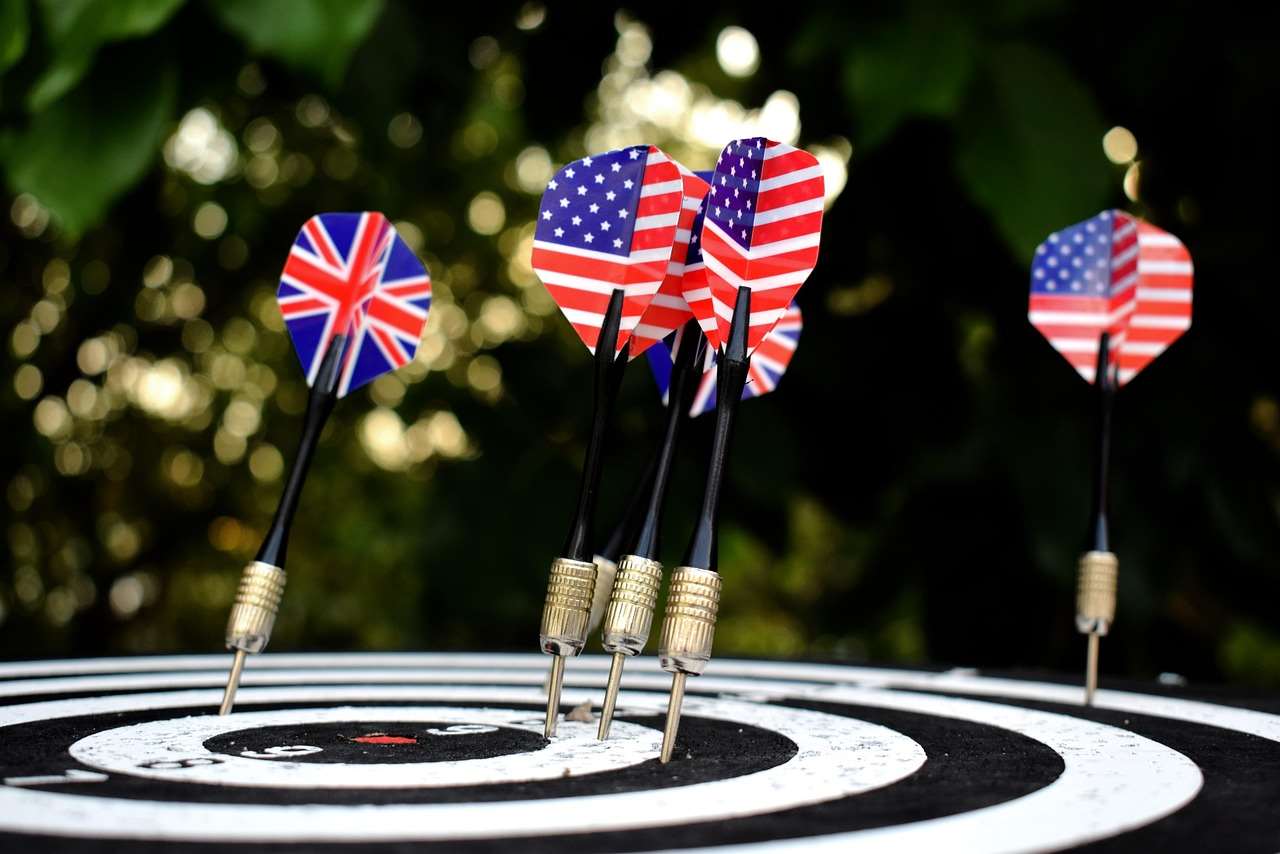
Ensuring Accuracy in Measurement
Accurate measurement is vital. Here’s how to ensure your oche adheres to the PDC oche rules specifications:
- Use a reliable measuring tape: Invest in a good quality measuring tape that is accurate and easy to read.
- Measure from the correct point: Measure from the *face* of the dartboard (the front surface) to the *front* of the oche.
- Double-check your measurements: Always measure twice to confirm accuracy. It’s a good habit to develop.
- Consider the floor surface: Ensure the floor is level. Uneven surfaces can distort measurements.
Failing to adhere to these guidelines can lead to disputes and unfair advantages, particularly in competitive settings. So, accurate measurement is important.
Materials and Construction of the Oche
While the distance is critical, the material and construction of the oche also contribute to a fair and consistent playing experience. While the PDC oche rules specifications don’t explicitly dictate the material, certain practices are generally followed.
Common oche materials include:
- Wood: A solid wood oche provides a stable and durable throwing line.
- Metal: Metal oches are often used in professional settings for their durability and clean appearance.
- Tape: While less common for permanent setups, heavy-duty tape can be used as a temporary oche marker.
The oche should be securely fixed to the floor to prevent movement during play. Any movement can affect a player’s stance and throw, violating the spirit of the PDC oche rules specifications.
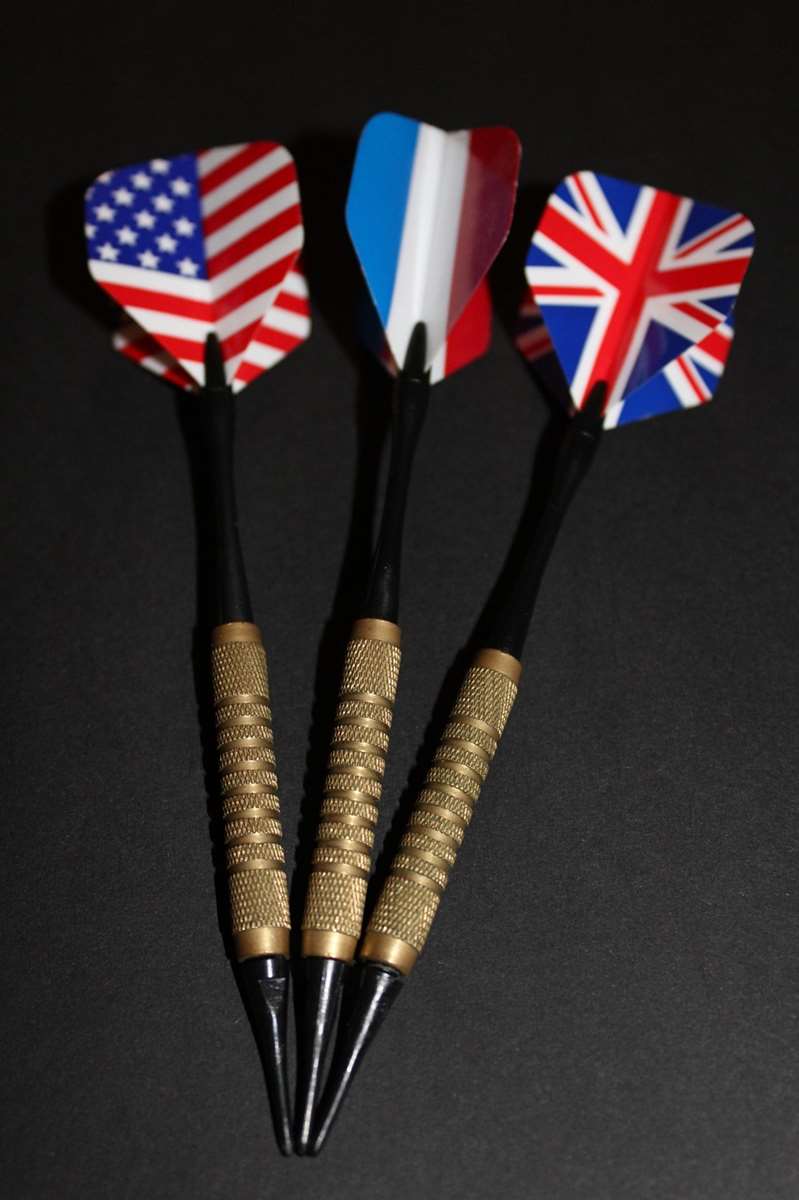
The Importance of a Non-Slip Surface
Regardless of the material used, the oche surface should be non-slip. This is crucial for player safety and stability. A slippery oche can lead to falls and injuries, disrupting gameplay and potentially impacting performance. Consider adding a non-slip strip or coating to your oche if the surface is prone to slipping.
Using a non-slip surface isn’t explicitly covered in the PDC oche rules specifications but is considered good practice.
Surrounding Space and Obstructions
The area surrounding the oche is also important. PDC oche rules specifications address the need for a clear and unobstructed playing area. Players need sufficient space to stand and throw comfortably without interference.
Key considerations for the surrounding space include:
- Clearance: Ensure there is ample clearance behind the oche to allow players to take their stance and throw without obstruction.
- Lighting: Adequate lighting is crucial. The oche and the dartboard must be well-lit to ensure visibility.
- Obstacles: Remove any obstacles that might interfere with a player’s throw, such as furniture, equipment, or spectators.
While specific dimensions for the surrounding space aren’t always explicitly defined in the PDC oche rules specifications, the general principle is to provide a safe and unobstructed playing environment. It might be useful to think about Adapting darts rules for small spaces: tips and tricks if your setup is tight.
Addressing Common Oche-Related Issues
Even with careful setup, some common issues can arise related to the oche. Here’s how to address them in line with the spirit of the PDC oche rules specifications:
- Uneven Floor: If the floor is uneven, use shims or leveling devices to ensure the oche is level and stable.
- Oche Movement: If the oche shifts during play, re-secure it immediately. Consider using stronger adhesive or fasteners.
- Wear and Tear: Regularly inspect the oche for signs of wear and tear. Replace or repair it as needed to maintain its integrity.
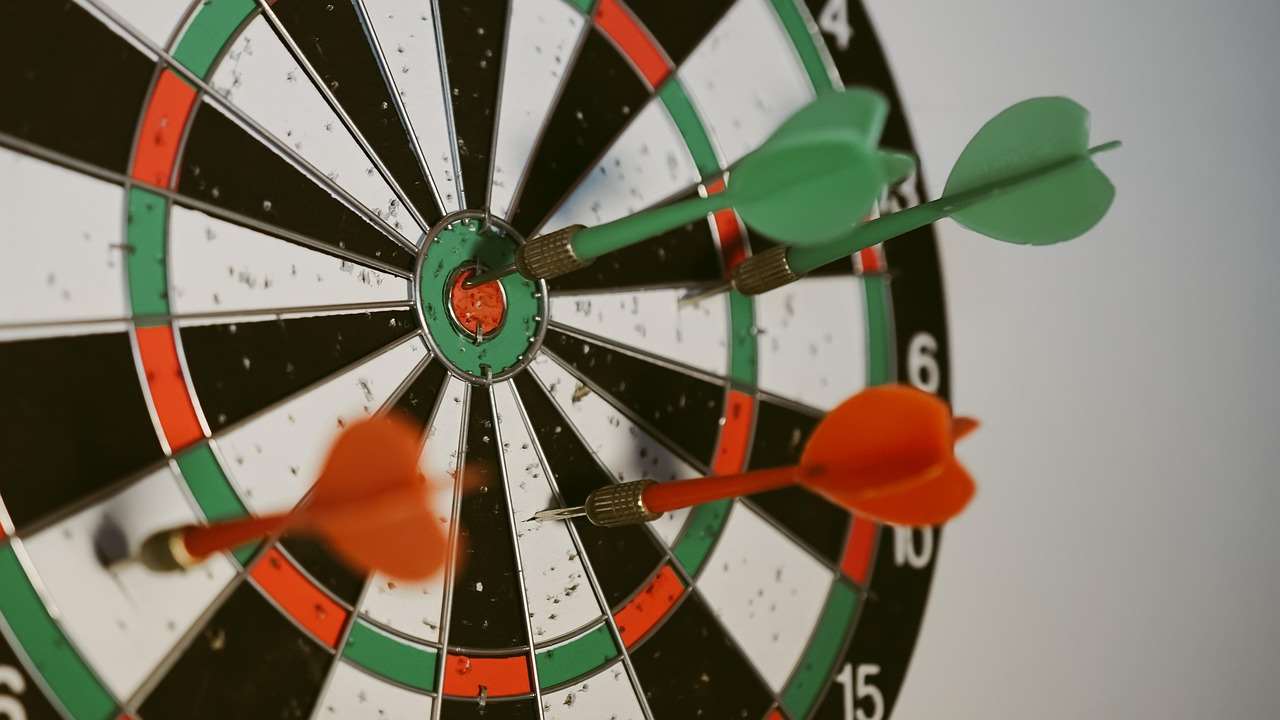
Proactive maintenance and attention to detail can prevent these issues and ensure a consistent and fair playing experience.
Variations and Exceptions to Standard Rules
While the PDC oche rules specifications are generally strict, some variations and exceptions may be allowed in specific circumstances. These are generally related to accessibility or space limitations.
Examples of potential variations include:
- Accessibility Adjustments: Players with disabilities may require adjustments to the oche distance or positioning.
- Space Constraints: In limited spaces, slight variations in the surrounding space may be necessary.
- Amateur Leagues: Some amateur leagues may have slightly relaxed rules regarding the oche, especially if playing conditions are varied across different venues.
Any variations should be agreed upon by all players before the start of play to ensure fairness. Remember that the core principle is to provide a fair and level playing field, even if slight adjustments are necessary. Thinking about How to make darts fairer with handicap rules can help with fairness too.
The Role of the Oche in Fair Play
The oche plays a crucial role in ensuring fair play in darts. By adhering to the PDC oche rules specifications, players can be confident that they are competing on a level playing field. The consistent distance and clear throwing line eliminate any potential for unfair advantages based on setup or positioning.
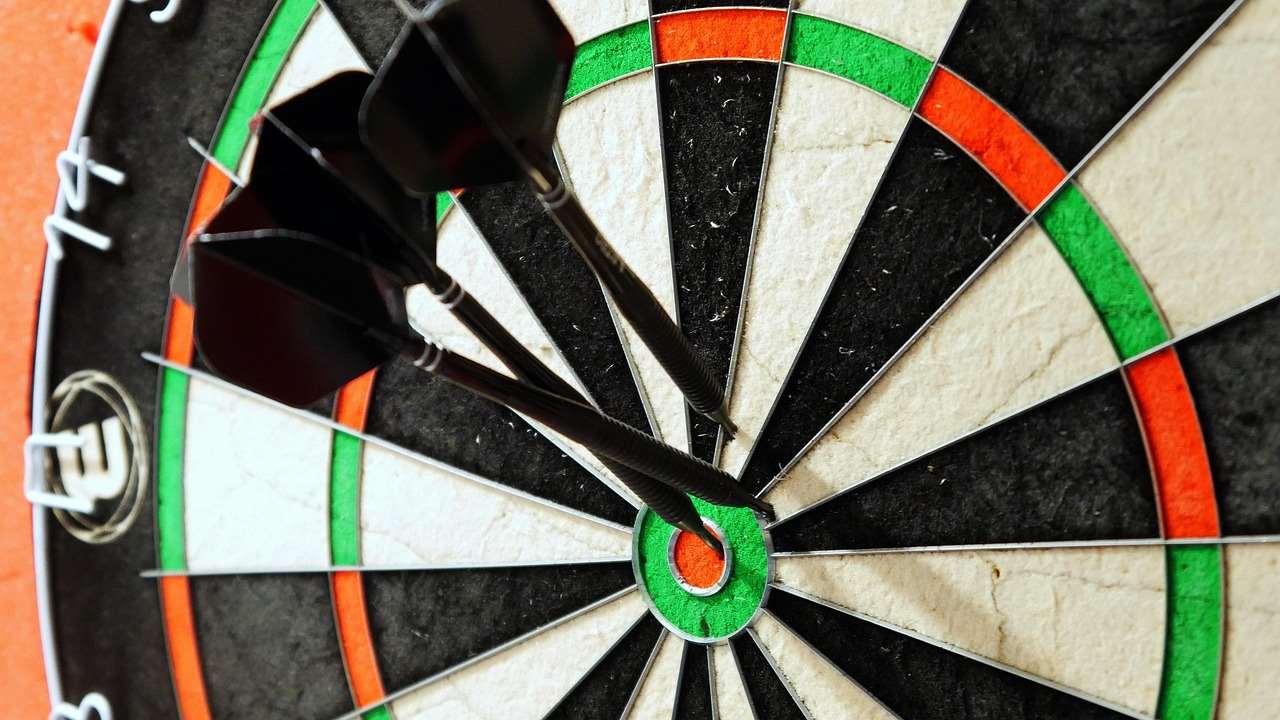
Fair play is essential for maintaining the integrity of the game and promoting a positive competitive environment. A correctly set up oche is paramount to achieving that goal. This is especially important when Modifying rules for mixed-level dart players as it helps provide a stable platform for all players regardless of experience.
Beyond the Basics: Advanced Considerations
Beyond the basic measurements, more advanced considerations can further enhance the dart-playing experience.
- Lighting Angles: Consider the angle of the lighting relative to the oche. Improper lighting can cast shadows that obscure the dartboard.
- Floor Material: The floor material around the oche can impact grip and stability. Choose a material that provides good traction.
- Aesthetics: While not directly related to the rules, the aesthetics of the oche can contribute to the overall ambiance of the playing area.
Paying attention to these details can elevate the playing experience and create a more professional and enjoyable environment. The PDC oche rules specifications are the foundation, but these advanced considerations can take your setup to the next level.
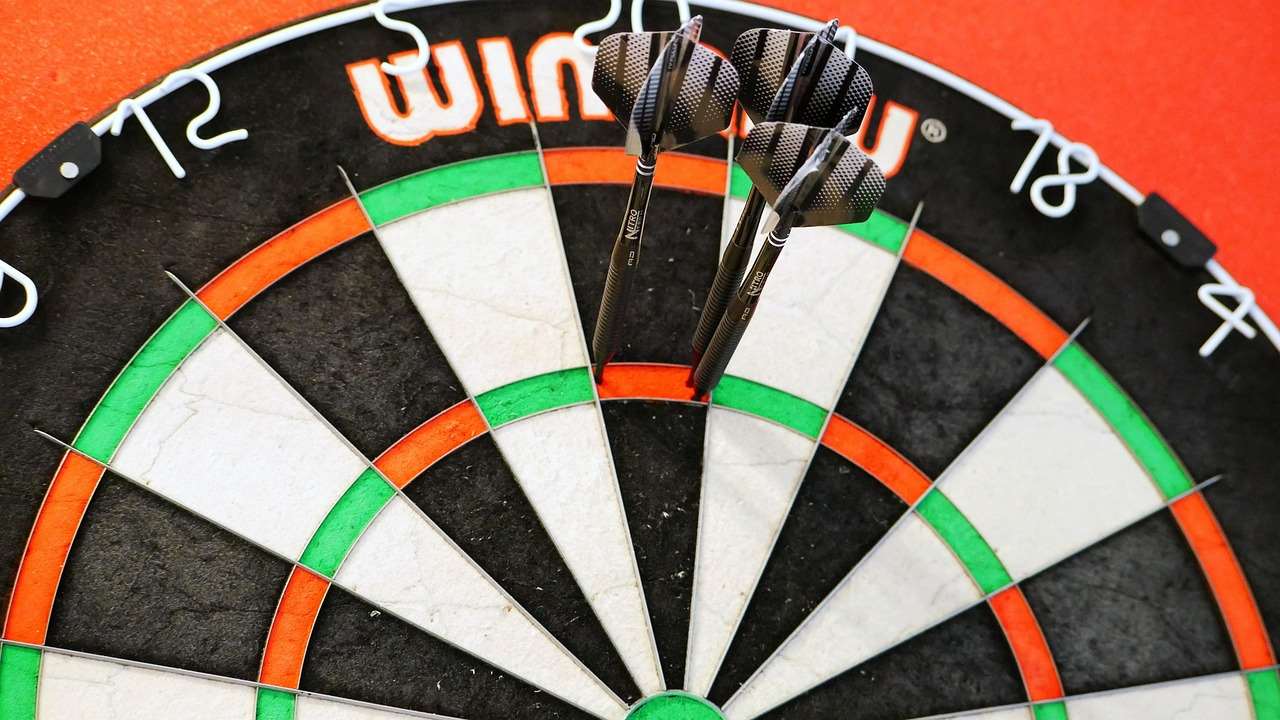
Maintaining Compliance with PDC Standards
For those aspiring to play professionally, maintaining strict compliance with PDC oche rules specifications is essential. Regularly review the official rules and regulations to ensure your setup meets the current standards. This includes the distance, material and surrounding space.
Compliance demonstrates a commitment to professionalism and fair play. It also ensures that you are prepared for any tournament or competition where the rules are strictly enforced. By consistently adhering to the PDC oche rules specifications, you can focus on improving your game without worrying about technical violations.
Conclusion
Understanding and adhering to the PDC oche rules specifications is more than just following rules; it’s about ensuring fair play, maintaining the integrity of the game, and creating a professional environment for all players. By paying close attention to the measurements, materials, and surrounding space, you can establish a level playing field where skill and strategy are the deciding factors. Whether you’re a seasoned professional or a casual player, taking the time to set up your oche correctly will enhance your dart-playing experience and promote a more enjoyable and competitive atmosphere. Now that you have a solid understanding of the PDC oche rules specifications, take the time to properly set up your own dart area and start practicing!
Hi, I’m Dieter, and I created Dartcounter (Dartcounterapp.com). My motivation wasn’t being a darts expert – quite the opposite! When I first started playing, I loved the game but found keeping accurate scores and tracking stats difficult and distracting.
I figured I couldn’t be the only one struggling with this. So, I decided to build a solution: an easy-to-use application that everyone, no matter their experience level, could use to manage scoring effortlessly.
My goal for Dartcounter was simple: let the app handle the numbers – the scoring, the averages, the stats, even checkout suggestions – so players could focus purely on their throw and enjoying the game. It began as a way to solve my own beginner’s problem, and I’m thrilled it has grown into a helpful tool for the wider darts community.